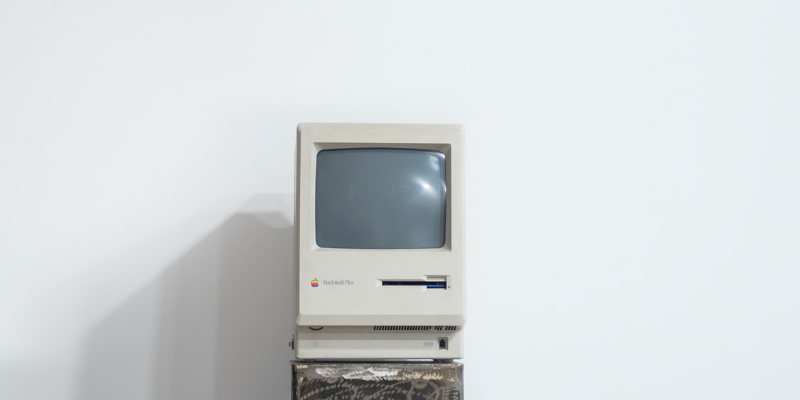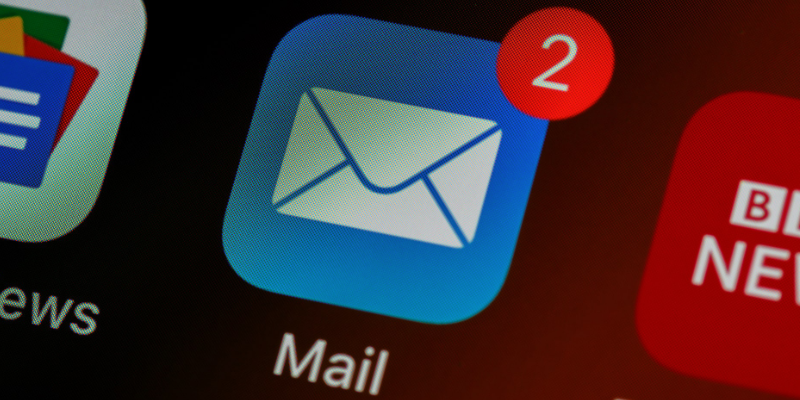The history of e-mail: from the beginning to the present day

The e-mail revolutionized the way we interact. When today almost one in three people has an e-mail, it is strange to think that 15 years ago few people had an e-mail and the few that did were not used to check their e-mail inbox every day. The Internet has evolved so fast, that e-mail has become quite common, influencing even the business model. We all use this communication tool, day by day, but we never thought about its history.
The history of e-mail, despite being recent, has gone through several evolutions since its creation. And, over time, it has accompanied the technological evolution and the evolution of the internet. With this, from its creation until today, it has gained more space and other features, no longer restricted to become universal.
In this article, you can find out more about the emergence and evolution of e-mail.

The emergence
E-mail was, and still is, one of the most used means of communication on the internet. Created in the 1970s, it became popular, along with the internet, as of the 1990s. And, even today, it is one of the most used tools in communication between companies or people.
The first system for exchanging messages between computers was created in 1965, and enabled communication between multiple users of a mainframe computer. Although the history is somewhat obscure, it is believed that the first systems created with such functionality were SDC’s Q32 and MIT’s CTSS.
The ARPANET computer network (network before the emergence of the Internet) had a great contribution to the evolution of e-mail, since there are reports that indicate the transfer of electronic messages between different systems located on this network soon after its creation in 1969.
Later, in 1971, the American programmer Ray Tomlinson, used ARPANet to send and receive simple messages. It was also Tomlinson, who first introduced the @ to separate the user and machine name in the e-mail address.

Popularization of e-mail
In the 1970s, e-mails sent could be compared to today’s text messages.
Although it was used as a simple message exchanger by ARPANET users and was linked to the commercial area of some companies of the time, it was only in the mid-1990s that the first e-mail hosting services appeared.
In fact, whoever signed up with some virtual account provider already received their e-mail account.

Evolution of the history of e-mail
As we mentioned above, email initially came to be exchanged internally between people who were within the same network (ARPANet). With that, the evolution to the Internet brought to email the possibility that a user could send or receive instant messages anywhere in the world with a network. The initial idea was that only text was written in the e-mail, so the space for typing was very small. Nowadays, the spaces are significantly larger, and it is still possible to send not only text, but also images, documents, videos, etc.
Today, e-mail often has the corporate function of being the entrance card to a company, e.g: (@nameofyourcompany), so it generates greater security, credibility and efficiency in the exchange of corporate information.

First free e-mail service
It was with the advance that the first free e-mail service emerged, known as Hotmail. The provider was created by the Indian Sabeer Bhatia and the goal was to provide users with a web-based electronic account.
That way it would be easy to access your account from any computer, requiring only an internet connection.
Currently, Hotmail is part of Microsoft and has several services that make users’ lives easier.

The e-mail in Portugal
In Portugal at roughly the same time as the rest of the world, the use of e-mail has expanded since the mid-1990s and today it is everywhere: it is used by the Government, by the Courts and has the same value as other documentary evidence for legal purposes.
What will the history of e-mail be like from now on? With instant messaging (Facebook Messenger, for example) nowadays being used more and more as a form of communication, will e-mail have an end in sight? For now, e-mail is still widely used for in-company communications, email marketing, formal communications, sending files, and for storing information.
Did you know the history of e-mail’s evolution? Follow our blog to stay up to date with all our tips, news and updates!
de todas as nossas dicas, notícias e novidades!
Newsletter!
Subscribe to our newsletter and receive weekly updates, with the bonus of a different ebook every month!
